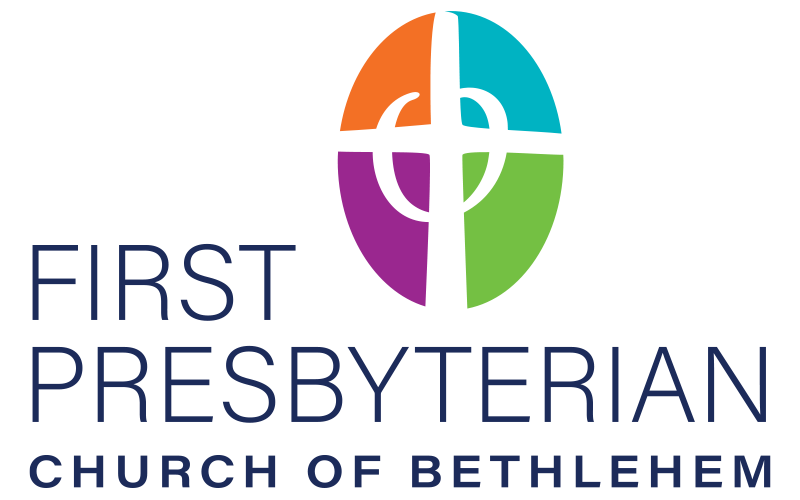As a high school English teacher, most of my days could be a bit unpredictable: with 30 teenaged variables in one room, one cannot always expect consistent results or responses to any given topic.
With one exception, which always went something like this: “Alright, y’all… let’s get started… I hope you’re having a good day so far. In glancing at yesterday’s tests, it looks like the majority of you should be in pretty good shape. I’ll try to have those back to you in a week or so. Today, we’re shifting gears into our next unit:”…this is where I’d paused for dramatic effect…“poetry.”
“Alright, y’all… let’s get started… I hope you’re having a good day so far. In glancing at yesterday’s tests, it looks like the majority of you should be in pretty good shape. I’ll try to have those back to you in a week or so. Today, we’re shifting gears into our next unit:”…this is where I’d paused for dramatic effect…“poetry.”
Inevitably, the room rang out with deep sighs, collective groans, and hopeless choruses of “I just don’t get it.” In an effort to ease them into such a dreaded unit, I’d offer them a few comforting words: “It’s really not that bad… we’re going to do things a bit differently than you’ve probably done them in the past, so just trust me… let’s give it a shot.” And then we’d begin with Billy Collins’ poem, “Introduction to Poetry:”
I ask them to take a poem
and hold it up to the light
like a color slide
or press an ear against its hive.
I say drop a mouse into a poem
and watch him probe his way out,
or walk inside the poem’s room
and feel the walls for a light switch.
I want them to waterski
across the surface of a poem
waving at the author’s name on the shore.
But all they want to do
is tie the poem to a chair with rope
and torture a confession out of it.
They begin beating it with a hose
to find out what it really means.
Though today’s readings and much of scripture are not in poetic form, it often seems that we have similar inclinations about trying to get or grasp what the text “really says.” Between the lines of the biblical pages, I can hear God’s voice saying:
I ask them to take scripture
and hold it up to the light
like a color slide
or press an ear against its hive.
I say drop a mouse into scripture
and watch him probe his way out,
or walk inside scripture’s room
and feel the walls for a light switch.
I want them to waterski
across the surface of scripture
waving at My name on the shore.
But all they want to do
is tie scripture to a chair with rope
and torture a confession out of it.
They begin beating it with a hose
to find out what it really means.
So often, we have this compulsion to search for one concrete, true meaning from biblical texts, but the story of Jesus’s transfiguration seems to invite us into encountering scripture differently. One preacher calls it “a luminous story of mystical encounter.” I couldn’t agree more. I’m pretty sure that our jaws are supposed to drop, and we’re supposed to be in awe of shiny, sparkly, mountain-top Jesus.
As the narrative begins, Jesus, Peter, James, and John are hiking up a high mountain. I imagine them arriving at the mountain’s summit, breathless and weary with little time to gather themselves before signs and wonders begin to occur, disclosing the divine nature of what is already present in Jesus. “And he was transfigured before them, and his face shone like the sun, and his clothes became bright as light.” Only with similes and imagery can the scene begin to be captured in words. Preacher and author Barbara Brown Taylor recounts the story this way:
There he is: someone you thought you knew really well, standing there pulsing with light, leaking light everywhere. Face like a flame. Clothes dazzling white. Then, as if that weren’t enough, two other people are there with him, all of them standing in that same bright light. Who are they? Can’t be. Moses. Elijah. Dead men come back to life. God’s own glory, lighting up the night.
Now they’re leaving. Now Peter’s saying something, but there’s a cloud coming in fast that is way more than weather, a terrifying cloud that is also alive. Cutting Peter off. Covering everything up. Smells like a lightning strike. Can’t see a thing. Then a voice from the cloud lifts the hairs on the back of your neck. Fear so fast and primitive, you’re bristling like a dog. What’s the voice saying? Not “listen to me” but “listen to him.” The Son, the Beloved. But listen to what? He’s not saying anything. He’s shining. Or at least he was. Now he’s not. Now it’s over. Now what?
Such a story overflows with dazzling darkness, brilliant light, and divine mystery. The whole of the story is beyond words, but with great clarity, the voice of God offers a very distinct instruction: listen. Listen to Jesus….
If we, too, are to listen to Jesus, what, then, does he say? In the midst of such overpowering, gleaming mystery, Peter, James, and John have fallen to the ground, so Jesus touches them and simply says: “Get up and do not be afraid.” He reaches out to them and tells them to proceed differently, to respond in a new way.
In listening to Jesus, what if the point is not to make sense of the cloud’s dazzling darkness, but simply to enter into it and to let light shine? What if we are simply called to be uncertain, present, and attentive to God’s revelation? Only then, it seems, can we listen deeply and be open to room for more divine movement in our lives so that we shine light in an often-dark world. “Get up and do not be afraid.” Not “Figure it out.” or “Try harder.” Simply “Get up and do not be afraid.”
Jesus’s words are also poignant because this story occurs just before he enters the darkest, gloomiest season of his life as he begins his journey toward the fate of the cross. The Transfiguration narrative falls in a time between Jesus’s baptism and his resurrection. In life, we, too, are somewhere between baptism and resurrection. We also occupy a middle-space in the liturgical year. As Epiphany ends, we are no longer guided by the twinkling star of Christmas, and we are not yet to the celebration of Easter. Having witnessed the marvelous, mysterious birth of Christ, Lent is a Wandering Heart journey down the mountain and deep into the wilderness. We must trek through such a season, though, to fully experience and appreciate the empty tomb.
In a similar way, after witnessing the dazzling cloud of God’s glory, Jesus, Peter, James, and John begin what I imagine was a very quiet hike back down the mountain, hearts and senses overwhelmed by what just happened, and minds swirling as they try to process it all. As they journey, Jesus offers a final puzzling instruction: “Tell no one about the vision until after the Son of Man has been raised from the dead.” Perhaps his instruction to wait, to tell no one, offers the time and space for such a holy encounter to marinate, to settle, to take root. Perhaps it gives Peter, James, and John time to sit with their experience of God and to listen deeply, letting the light they’ve been bathed in shine more brightly in deed than in word.
Lent, then, is our opportunity to participate in the luminous mystery of the Transfiguration story. We are invited to engage with this liturgical season in a new way. In this middle-space between Christmas and Easter, we are to be attentive to “the incognito activity of God, [which is] woven undetected into the fabric of human history and disguised in the ordinariness of life.” To do so, like my students as they studied poetry, we must first let go of expectations and demands for unequivocal certainty and concrete meaning.
Then, by listening deeply, we can become more present to God, whose light shines in and through our lives in ways that often escape meaning and surpass description. In looking toward Christ’s resurrection, this season calls us to be awed by what God is doing and aware of where God’s light is shining, especially in the midst of the blur of hectic schedules, the haze of spiritual uncertainty, the darkness of global violence and injustice, or the depths of loss and personal grief.
As we begin our Lenten journey, we do so with a spirit of wonder and curiosity along with an invitation to let our hearts wander alongside Peter’s in particular. The team of clergywomen at Sanctified Art who created the Lenten theme and liturgy that will guide us have this to say:
In Peter, we see a person who is both steadfast and unsteady, a dear friend and a betrayer, a follower and a wanderer. In Peter, we often see ourselves, and like many of us, Peter has a wandering heart. His journey is not polished, or linear, or perfect, but he is always tethered to the love of God.
In this series, we want to affirm that faith is a constant journey of steadfast pursuit, one that ebbs and flows, seeks and wanders. We want to affirm that wandering is exploration, not necessarily distance from God. We want to affirm the ways Peter keeps going: he drops his nets, he walks on water, he runs to the empty tomb, he swims to the shore to meet the risen Christ. He keeps searching and yearning and loving, even after missteps or mistakes.
Ultimately, in Peter’s story, we are reminded that God loves imperfect people—in fact, time and again, that’s precisely who God claims and calls.
Alongside Peter’s faith journey, the lyrics of “Come, Thou Fount of Every Blessing” also guide our journey this Lent. I can imagine Peter himself writing such a song, and it seems a fitting anthem for our Lenten practices—tuning our hearts to sing God’s grace, binding our wandering hearts to God, and resting in streams of mercy, never ceasing. As we spend the coming weeks heading down the mountain, may we listen deeply for God’s voice, unafraid of what’s to come and changed by the radiance of Christ’s light which we can never unsee. Here are our hearts, Lord, take and seal them for your love in the world. May it be so, this day and each day. Amen.
